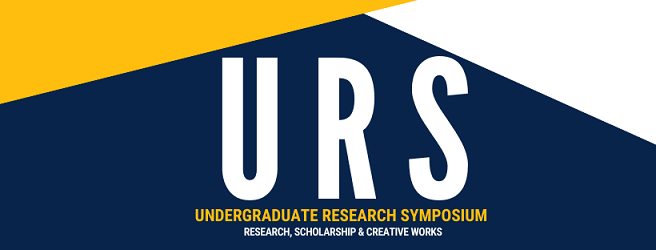Faculty Sponsor
Aimee Dunlap
Final Abstract for URS Program
Sensory Tradeoffs in Blue Bottle Flies (Calliphora vicina)
Abstract
The brain has many functions, such as processing sensory input, storing memories, or processing sensory motions. Animal sensory organs are very beneficial and advantageous in animals, especially those that have larger brains because they can process information through their sensory organs. There are many benefits to having sensory organs, although there are energetic costs to have sensory organs as well. Sensory organs can change over time and we can test this through a sensory trade off hypothesis. The investment of energy in sensory modalities and brain regions can shift through evolutionary time based on different selection pressures, which can cause an increase in one sensory organ size and a decrease in the size of another. This relationship is known as the sensory tradeoff hypothesis. Blue bottle flies (Calliphora vicina) are a great species for testing this hypothesis because they are forensically relevant, sexually dimorphic and are commercially available. I am testing the sensory tradeoff hypothesis in the sensory organs of C. vicina using light microscopy to photograph 70 flies and measuring their body morphometrics using Image J. By testing this sensory tradeoff hypothesis, we can provide insight on how animal experiences shift their sensory modalities and be able to apply this information to other animals with different life histories.
Presentation Type
Visual Presentation
Document Type
Article


